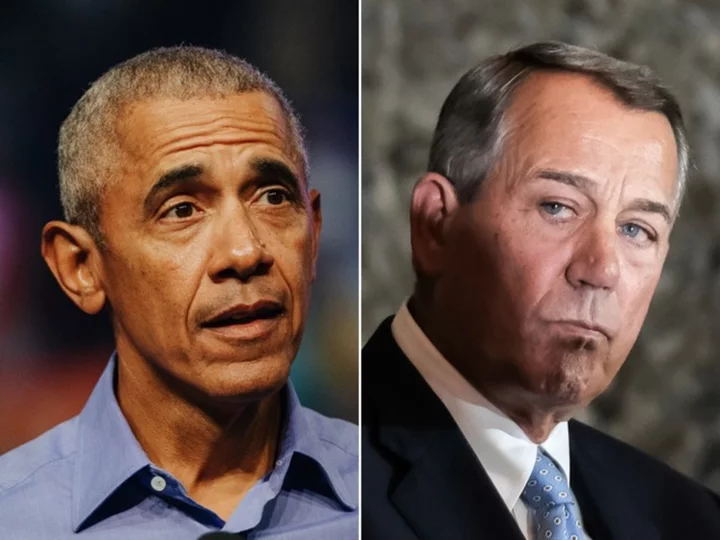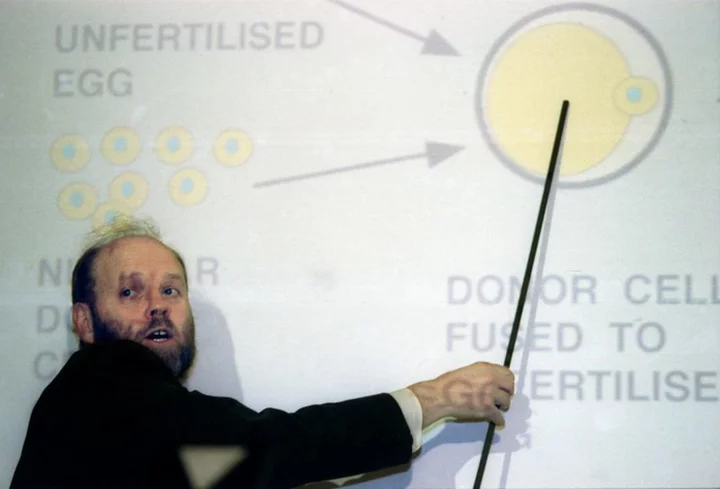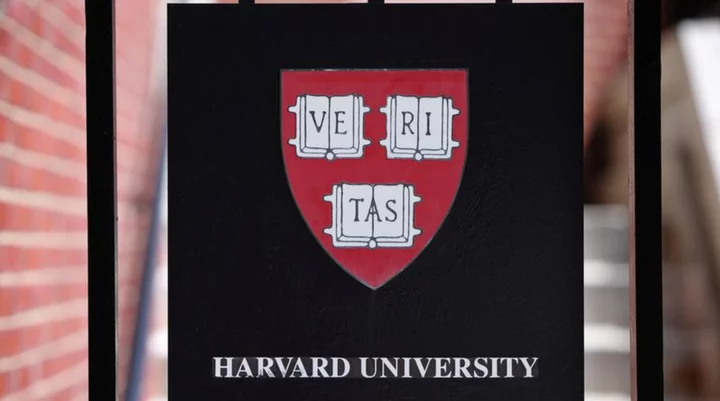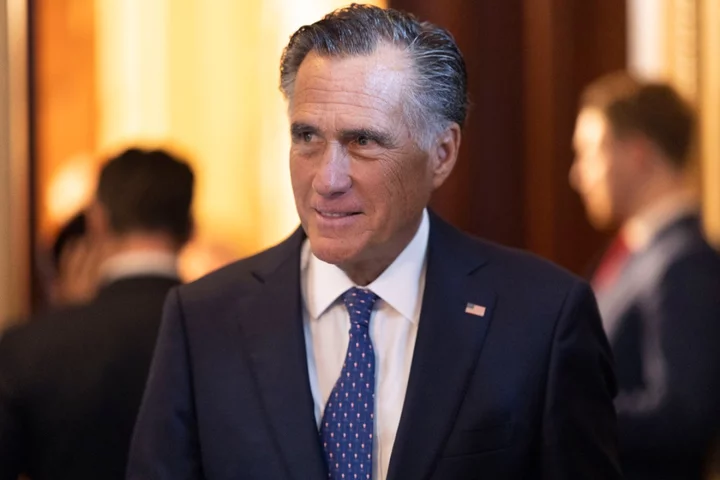The nation is days away from defaulting on its obligations. The Republican House speaker, pushed by conservatives in his party, demands deep spending cuts. The president, a Democrat, works on negotiating a package to avert a fiscal calamity.
No, it's not 2023.
It's 2011, when then-President Barack Obama agreed to a debt ceiling deal with then-House Speaker John Boehner that called for more than $900 billion in upfront spending cuts and deficit reduction, as well as the creation of a joint congressional committee that would find at least $1.2 trillion in additional belt tightening.
The situation is similar to the one President Joe Biden, who served as Obama's vice president, is facing today. He and House Speaker Kevin McCarthy, a Republican, are pushing their parties to swiftly approve their agreement to address the current debt limit drama before the US could start missing payments on June 5.
Today's House Republicans may want to look back at the results of their predecessors' hard-fought deal. Things didn't proceed as planned, and a chunk of the reductions was ultimately pared back through a subsequent series of bipartisan bills.
"Once Congress took a look at the programs and what was required, they realized they couldn't make cuts that deep," said Brian Riedl, a senior fellow at the right-leaning Manhattan Institute who was involved in the 2011 negotiations.
What happened after the 2011 deal was signed
The joint committee in 2011 was tasked with finding additional deficit reduction measures to offset a $1.2 trillion increase in the debt ceiling. If members failed in their mission, automatic cuts that would slow the growth of expected spending would kick in over the next decade.
The committee did not accomplish its goal, which triggered the spending caps, known as sequestration.
However, Congress then watered down the deficit reduction provisions by repeatedly increasing the caps on discretionary spending in the following years -- though lawmakers also included other measures to offset some of those changes.
"We basically unwound this bill little by little," said John Diamond, director of the Center for Public Finance at Rice University's Baker Institute.
In the end, spending was curtailed by about $1.5 trillion out of the total $2.1 trillion agreed to in the 2011 deal, Riedl said. This included $855 billion in cuts to discretionary spending over the decade. The reductions affected agencies and programs, including defense, education, justice and the Internal Revenue Service, among others. The deal also slapped a 2% cut in payments to Medicare providers as part of reductions to mandatory spending programs.
Today's deal
Fast forward to 2023. One of the major sticking points to ending the debt ceiling impasse was the depth of the spending cuts. The Biden administration had balked at returning spending to fiscal 2022 levels, which the Republicans included in their debt ceiling bill earlier this year, while McCarthy's team held firm.
In the end, the deal announced over the weekend calls for non-defense discretionary spending to be pared back for fiscal 2024, but certain agreed-upon appropriation adjustments would make up nearly all of the difference. Non-defense spending would rise just 1% in fiscal 2025.
One important distinction between 2011 and today is that the spending caps back then were Plan B, said Warren Payne, a senior advisor at Mayer Brown, a law firm, who was a senior Republican staffer on the House Ways and Means Committee in 2011.
"People were operating under the presumption that the spending caps would never actually happen," Payne said.
Now, the spending caps are among the GOP's top priorities -- and McCarthy succeeded in not limiting funding for defense and not raising taxes, unlike in 2011, he said.
But even if Congress passes this debt ceiling package, House Republicans may find it difficult to adhere to the caps when it comes time to actually appropriate funding for the federal government's operations later this year.
"It's reasonable to expect that at the end of the day, we would end up with the same pressures to increase spending," Diamond said.









